Fighting Evil: The Sonderkommando Revolt
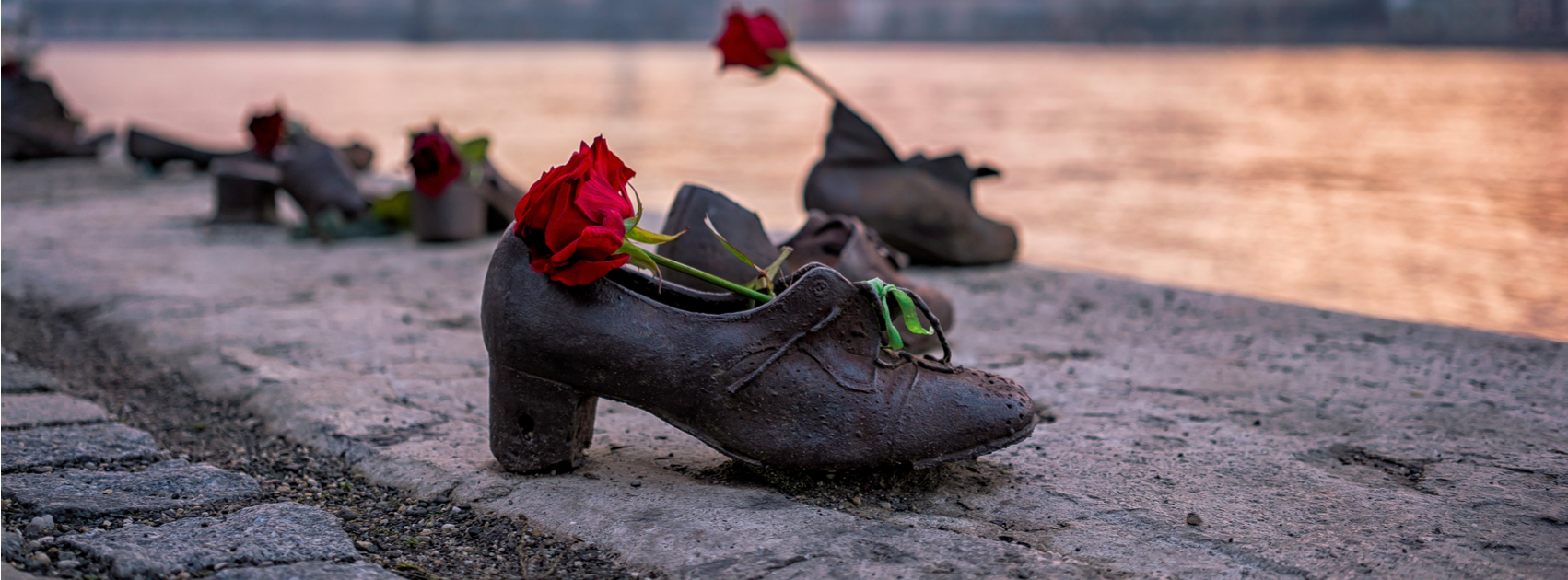
The Breaking Point:
Their oppressors didn’t see it coming. They thought of them as subdued and too dumb to resist… but they were wrong!
On October, 7th, 1944 prisoners of Auschwitz who’d been forced to work for their oppressors decided they’d had enough! The unending cruelties; forcing women to build their arsenal; men to carry the bodies of the dead; constantly being treated as less than human; and then learning that they were on the roster for death… meant they had nothing to lose.
But, little did their oppressors know that Crematorium IV was about to be destroyed…
Yet, before we look at the specifics of what occurred, it’s important to understand the place where these events took place.
>>>Learn how you can help support Holocaust Survivors living in Israel<<<
Auschwitz:
First placed in operation in 1940 and last in January 1945, Auschwitz was the largest killing machine the Nazi’s had. Containing massive gas chambers and multiple crematoriums it was the height of Nazi ‘ingenuity’—no facility could match it.
It was so successful that within its few years of use an estimated 1.1 MILLION people who entered the facility were killed, and of those, nearly 1 million were Jews. Auschwitz was a virtual death sentence.
Those sent to Auschwitz came predominantly from Germany, Poland, Hungry, and Belgium, yet others came from far-flung cities such as Rome, Athens, Rhodes, and Oslo.
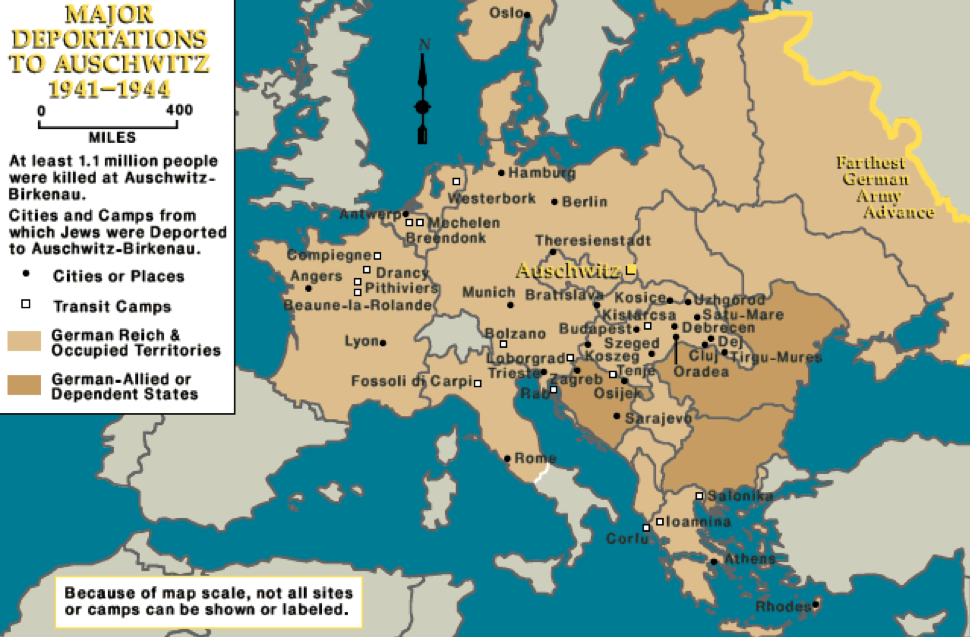
Few knew the fate that awaited them. So many had already been moved from camp to camp, and ghetto to ghetto. Why would this be any different? But Auschwitz was different. It was built for death—its purpose poured from the sky in ashes.
>>>Learn how you can help support Holocaust Survivors living in Israel<<<
Crematorium IV:
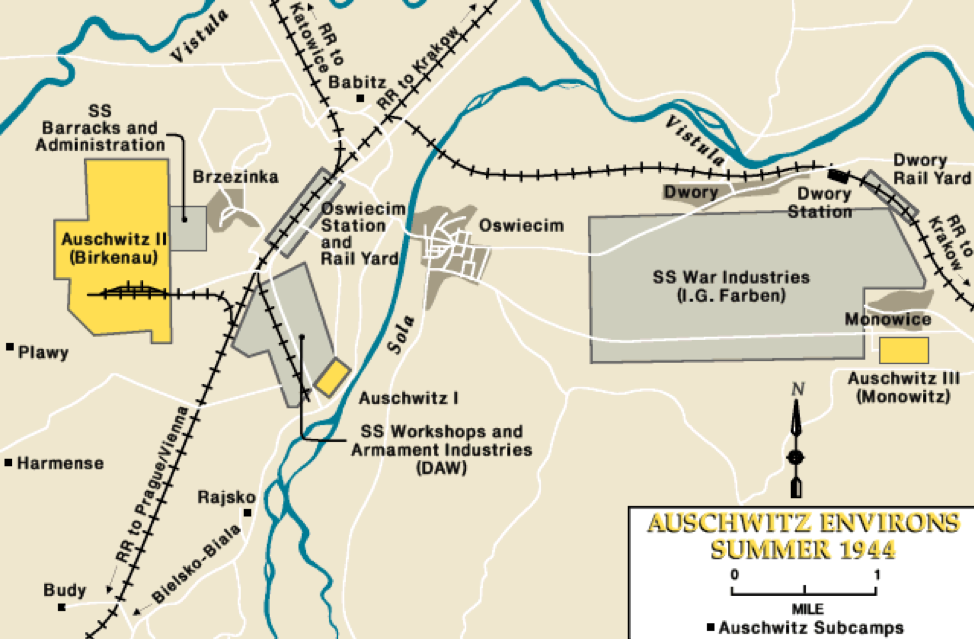
Since Auschwitz was a major Nazi extermination camp it not only had multiple rail lines going in and out, but is also had multiple complexes and required several crematoriums.
For the extermination camp to run smoothly the individuals coming into camp for either immediate gassing or selection for gassing had to not only be gassed quickly, but have their remains disposed of quickly. To this end some individuals who appeared capable of working were set aside for labor.
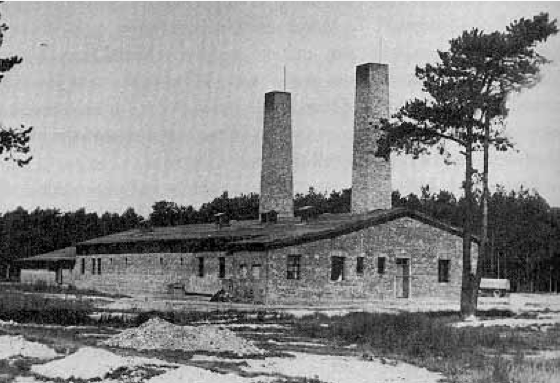
(SOURCE. Photo of Auschwitz-Birkenau Crematorium IV in 1943)
There were a variety of ‘occupations’ the healthy select could be tasked… after all, Auschwitz was a busy place.
The two most important ‘occupations’ in regards to the revolt in Crematorium IV were the armaments workers—women selected to work in an arms factory—and of course, the men selected to carry bodies to the crematorium for burning—known as the Sonderkommando.
The Sonderkommando Revolt:
The women who worked in the armaments factory and the Sonderkommando both heard whispers that they were going to be killed. The liberation of Majdanke—another extermination camp—in July of that same year had their captures in a panic… a race to remove all evidence of their activities.
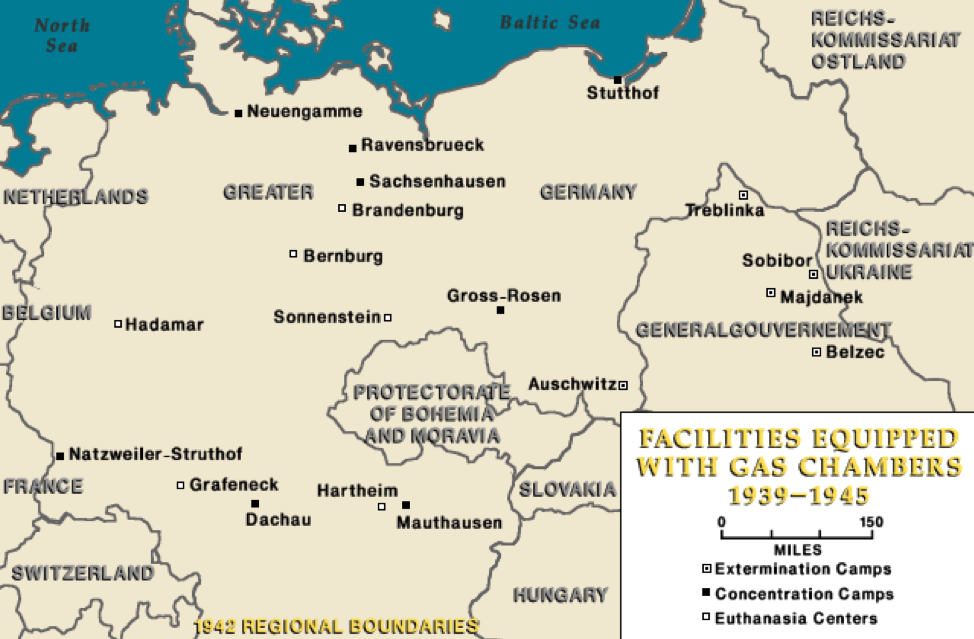
The armaments workers began smuggling gunpowder and explosives into the camp and on October 7, 1944 the culmination of weeks of planning occurred. Hundreds of Sonderkommando, with the explosives they’d been given, attacked their guards, killing three of them in their effort to rebel. They blew up Crematorium IV along with a nearby gas chamber, effectively slowly the killing process of their captors.
>>>Learn how you can help support Holocaust Survivors living in Israel<<<
Heinrich Himmler was nervous, not only because of the liberation of Majdanke, but also because of the destruction of Crematorium IV at Auschwitz… and on November 1, 1944, for the first time in years, no one was gassed. Himmler had banned gassing, fearing that if Auschwitz fell like Majdanke, the liberators would find the same things they’d found there—hundreds of cans of Zyklon-B, the gas chambers themselves, and the tell-tale blue residue on the walls.
Yet, the men and women in the revolt received swift reprisal from their captors. Those of the Sonderkommando, almost all who were not killed in the rebellion, were taken and immediately shot, while the women of the armaments factory were publically hanged in January of 1945—only days before their captors evacuated the camp as their enemy drew near, and just before they destroyed most of the camp in an effort to hide their evil.
The Men and Women of the Revolt:
Hundreds of men and women participated in the revolt in various ways. The women largely provided the tools necessary for the revolt—but smuggling gunpowder and explosives into camp was no easy feat, and discovery would have meant death. While the men of the Sonderkommando acted as the physical force of the revolt—attacking guards and using the provided tools to destroy the camp’s vile contrivance.
Both aspects were risky, but they were out of options. To follow the inhuman dictates of their captors further would mean a loss of self and eventual death; yet a revolt could signal certain, violent death… but they’d had enough!

(Photo of Ala Gertner. One of the women who smuggled gunpowder and explosives into Auschwitz for the Sonderkommando.)
Men near their physical and mental breaking point refused to assist their captors. All classes, all backgrounds stood together. Brother fought by brother, such as the three Gani brothers, who’d been forced from Greece to this pit of death. Everyone worked together to bring down as much of the camp as they could, and in the process brought hope to those being forced to work in other areas of the camp. No longer could their captors point to the smoke-stacks of Crematorium IV and tell their prisoners that their wife, their daughter, their son, were there in the ashes. They were ‘free.’
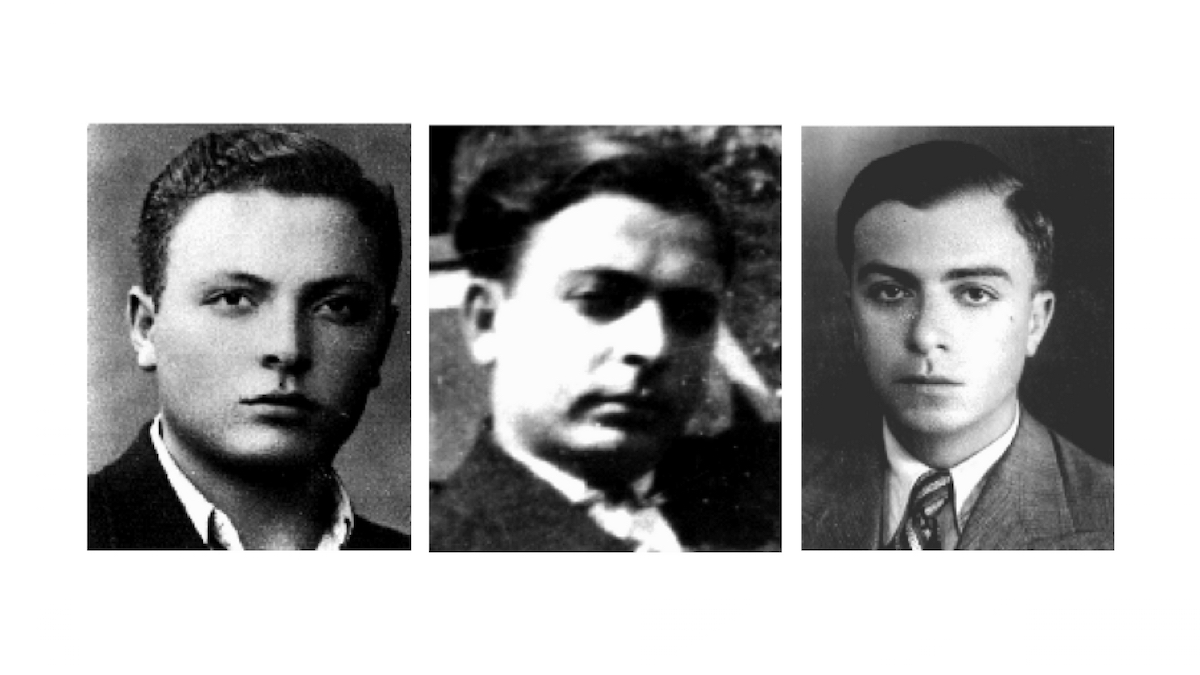 (Left to right, Joseph Gani—perished age 18; Albert Gani—perished age 28; Moise Gani—perished age 31. All three brothers worked in the Sonderkommando at Auschwitz and took part in the revolt and destruction of Crematorium IV.)
(Left to right, Joseph Gani—perished age 18; Albert Gani—perished age 28; Moise Gani—perished age 31. All three brothers worked in the Sonderkommando at Auschwitz and took part in the revolt and destruction of Crematorium IV.)
>>>Learn how you can help support Holocaust Survivors living in Israel<<<
The Takeaway:
What is the takeaway?
The takeaway is that no matter what we’re faced with in life, we have to obey God and His Word. When we’re faced with evil—such as those at Auschwitz and deaths camps throughout Europe were—we cannot allow ourselves to accept it. Yes, God is the ultimate judge, but we have the Holy Spirit living within us, we are God’s Temple… we can discern what is of God and what isn’t.
“Woe to those who call evil good, and good evil;
who put darkness for light, and light for darkness;
who put bitter for sweet, and sweet for bitter!” —Isaiah 5:20
In most of our lives we are unlikely to physically fight evil—especially at the level the Sonderkommando did. Yet, that doesn’t mean that we won’t ever be found fighting against evil, for as it says in Ephesians 6:12, “…we do not wrestle against flesh and blood, but against principalities, against powers, against the rulers of the darkness of this age, against spiritual hosts of wickedness in the heavenly places.”
The important thing to remember is that we must go to God first. Not everything that isn’t of God is something that we are personally supposed to ‘fix.’ God knows where we are spiritually, He knows if the timing to act is right, and He knows if something is for us to contend with or someone else to face.
Our ‘fight’ is to be a light to the world and show God’s love. We cannot afford to call evil good or mistake darkness for light. Our actions have to be rooted in love!
At Curt Landry Ministries, through the support of people like you, we are bringing light and love to the darkness. We are changing the hearts of those who suffered during the Holocaust by bringing God’s love to survivors via hot meals, new shoes, working plumbing, and various other forms of kindness. With YOUR support we can share your love with these survivors—showing them that they are not forgotten! Let us remember the Jewish Roots of our faith… let us sow in love!
Image Sources: USHMM.org